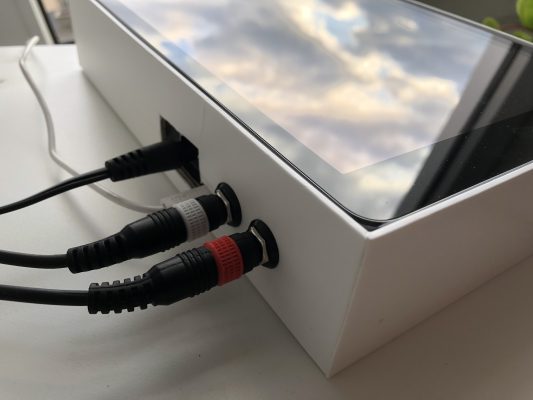Ist das nicht WUNDERBAR? Gediegene Klassik: Ein Minimoog – weniger ein Bedienpanel, eher eine erogene Zone für Synthesizer-Freaks. Einmal an diesen Dingern drehen – komm, du willst es doch auch! Die reine Schönheit eines einmaligen elektronischen Instruments, das auch über 50 Jahre nach seiner Konzeption noch äußerst gefragt ist – und das ich nie, nie, nie selber haben wollte.
Ich wollte aber keinen Minimoog!
Jetzt mal ehrlich: Moogs sind überteuert und überschätzt. Nenn mir einen klassischen Moog-Leiterfilter-Sound, den man nicht auch mit einem Plugin oder fast jedem modernen Hardware-Synthesizer hinkriegt. Selbst mein oller R3 – Underdog-Synth Nr. 1 – kriegt gute Moog-Imitationen hin. Und wer zur „Digital-kann-halt-nicht-klingen-wie-wahre-Analogsounds“-Sekte gehört, kann immer noch auf technologischen Neoklassizismus setzen und moderne analoge Technik nutzen. Jetzt kauf dir halt einen Boog, verdammt! Und raus aus der Kellerwohnung.
Und trotzdem… der Minimoog hat was. Bei Synthesizern geht es um den Fluss – und um die einzigartige Kombination von Aussehen, Verhalten und Klang, die ein Instrument ausmachen. Als ich also ein Moog-Gehäuse mit Knöppen und Tastatur aus einem Eigenbau-Projekt um wenige Euro sah, das der Ursprungs-Bastler aufgegeben hat, konnte ich nicht widerstehen.
